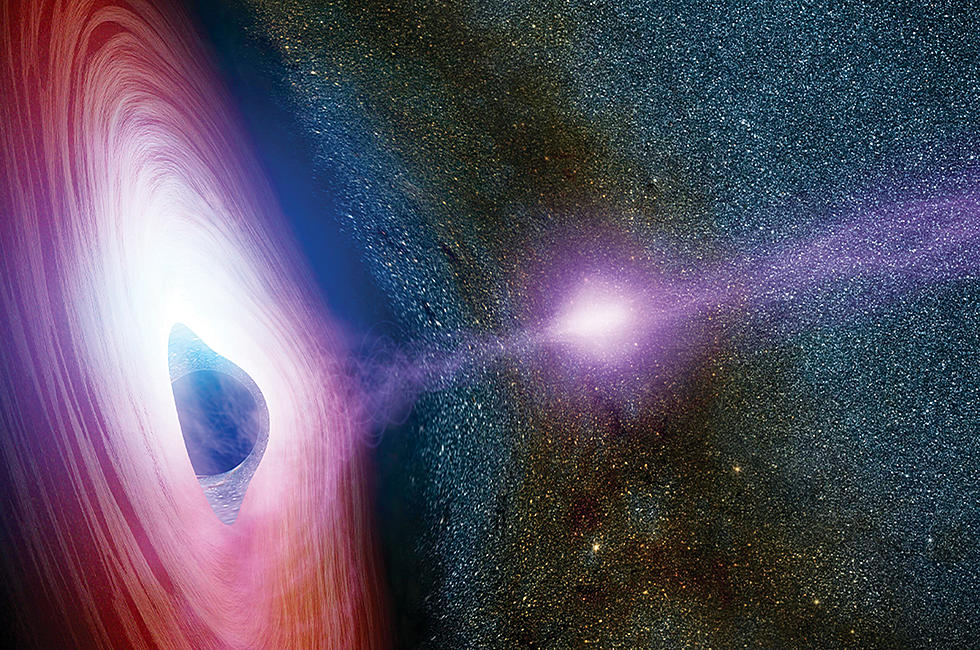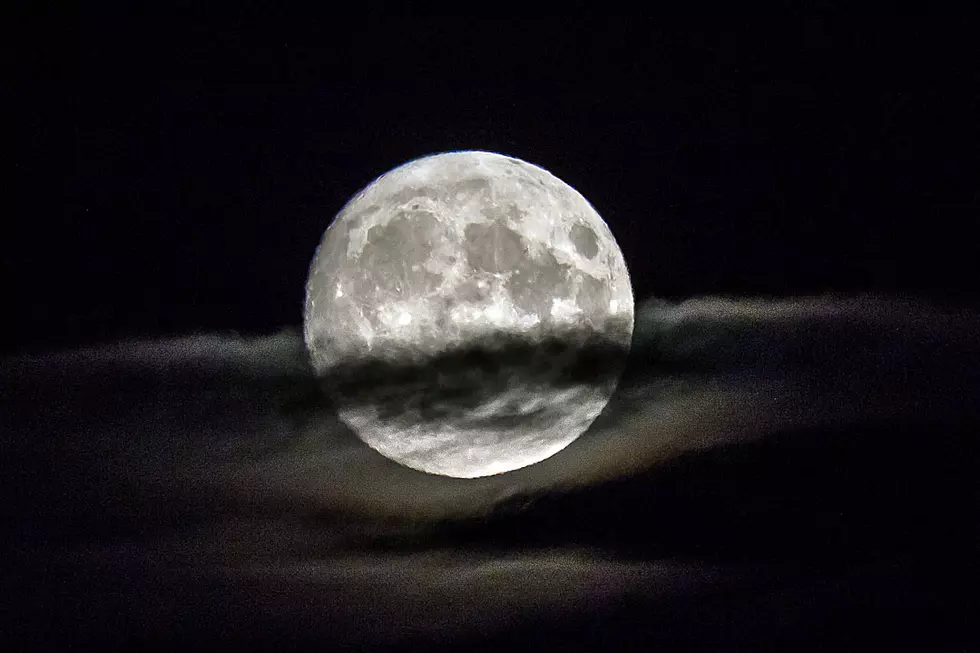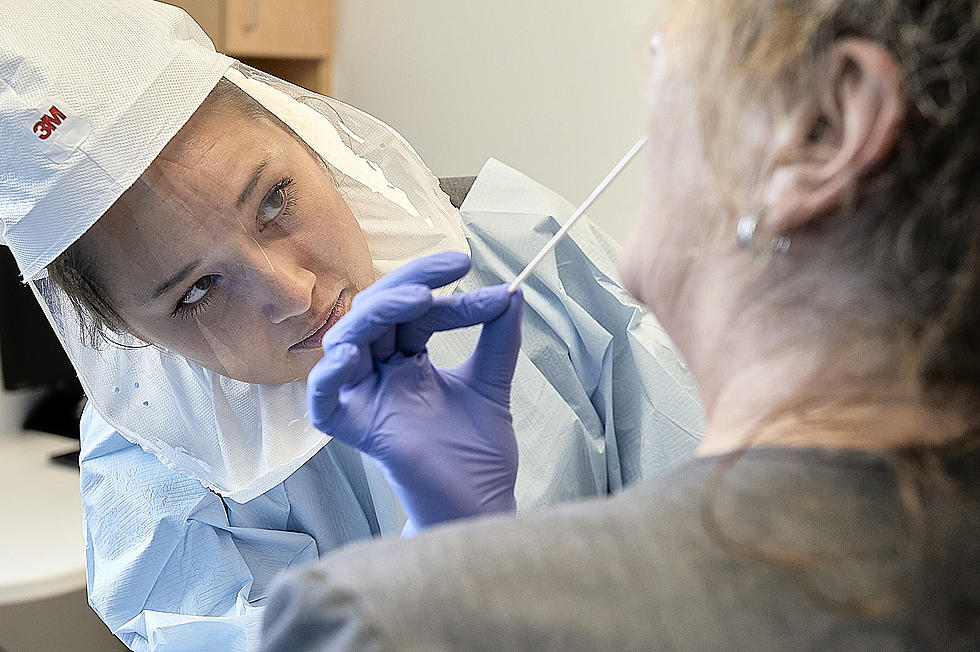
MSU Study Shines Light on Massive Black Hole
Monday, the newest space telescope, the James Webb telescope, parked in its operational orbit and should start operations by this summer. It will be looking far into space with better detail than ever before.
Researchers at Montana State University in Bozeman will be getting in line to use the new instrument, as they have with the Hubble space telescope. In fact, the Hubble, in orbit around Earth, has helped Montana researchers in a study of a massive black hole.
A black hole has such an extreme gravity that light itself can't escape. However, as black holes gobble up everything nearby, the process sometimes causes gases to be expelled. That appeared to be happening with a massive black hole (mass of about a million Suns) in the Henize 2-10 galaxy. In a study published in the journal Nature, MSU's Zachary Schutte and Amy Reines reported that Hubble confirmed a long stream of ionized gases coming from the black hole. And instead of destroying things, the black hole was actually creating new stars.

In a NASA news release, Reines, an assistant professor in the Department of Physics, said, "From the beginning I knew something unusual and special was happening in Henize 2-10, and now Hubble has provided a very clear picture of the connection between the black hole and a neighboring star forming region."
The star formation area was 230 light-years away from the black hole and the outflow was striking dense gases at a slow enough speed to cause some reactions.
Schutte, a graduate student, said, "At only 30 million light-years away, Henize 2-10 is close enough that Hubble was able to capture both images and spectroscopic evidence of a black hole outflow very clearly. The additional surprise was that, rather than suppressing star formation, the outflow was triggering the birth of new stars."
The eXtreme Gravity Institute at the MSU campus studies phenomena where neutron stars and black holes cause unexpected effects to space and time that physicists and astronomers study together. NASA and MSU have continued a close relationship and provide unique opportunities for Montana students.
LOOK: 20 Fascinating Photos From the First Modern Olympic Games in 1896
LOOK: Milestones in women's history from the year you were born
More From Alt 95.7









